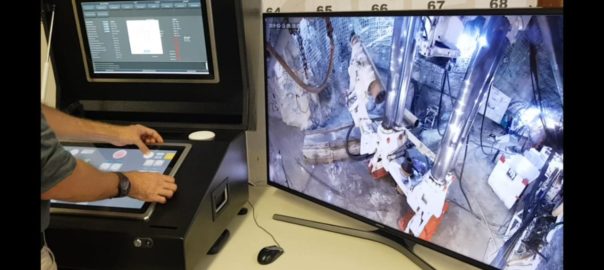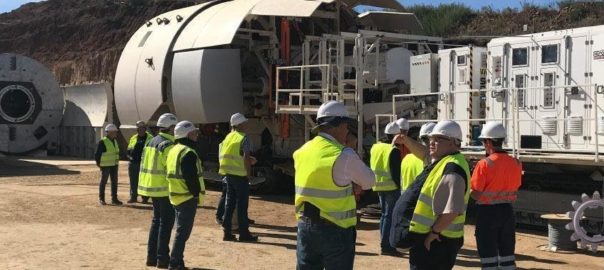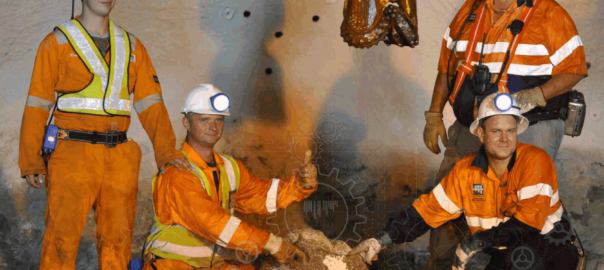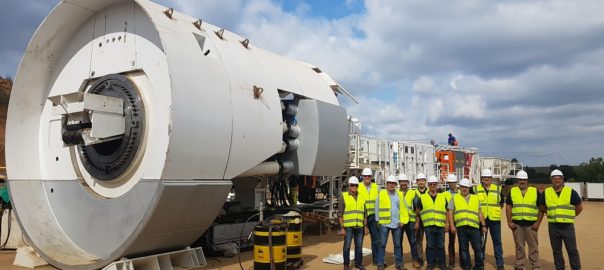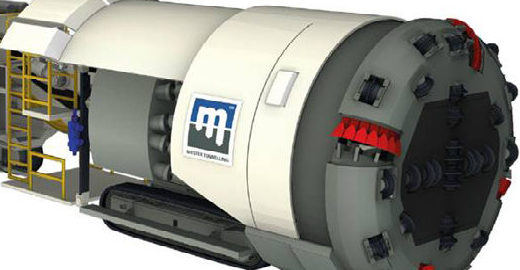Master Drilling Group included details of its remote drilling technology, commissioning of the Mobile Tunnel Borer (MTB) and the first phase of its shaft boring system development within its latest financial results release.
Reporting “reasonable results” for the six months ended June 30, 2019, which included a 3.8% year-on-year increase in revenue to $70 million and a 5.6% jump in headline earnings per share, the company’s CEO, Danie Pretorius, said Master Drilling had worked hard on stabilising new operations and growing its presence in new territories.
“In the face of continued uncertainty and volatility, which has inevitably impacted on business performance, we have remained committed to our strategic journey of diversifying our presence across geographies, commodities and sectors,” he said, adding that the company saw new business opportunities in Russia and Australia.
Even with only a slight increase in earnings and revenue, Master Drillings new business pipeline encompassing all geographies remained “solid” at $297.1 million, the company said. Its order book totalled $198.6 million at the end of the period.
Pretorius added: “While political and economic factors continue to shape our operating environment, at Master Drilling we continue to spearhead technological development, stabilise our global footprint and explore new business opportunities. As a result, the business remains stable and well positioned to benefit from an improved global economic climate.”
Master Drilling, one of the largest rock boring and drilling services providers in the world, spends the bulk of its capital spend on capacity expansion, some of which has begun to yield positive results, such as remote drilling technology, the company said.
“Having completed testing of this (remote drilling) technology in South Africa, Master Drilling has successfully implemented it in Mexico and Peru,” the company said. The test in South Africa took place 3 km underground at AngloGold Ashanti’s Mponeng gold mine, the world’s deepest gold mine. This saw a raisebore machine operated remotely.
Meanwhile, the commissioning of the MTB at Northam Platinum’s Eland mine, in South Africa, is currently underway, with underground drilling having already commenced, the company said. This follows testing at a quarry just outside of Rome, Italy, last year.
The first phase of the company’s shaft boring system – a new shaft sinking system (reported on in the annual shaft sinking feature in IM September 2019) – is also in the process of commissioning, the company said.
“This bears testament to Master Drilling’s unwavering commitment to technology development and testing, which will continue to be a key focus during the remainder of 2019,” the company concluded.







